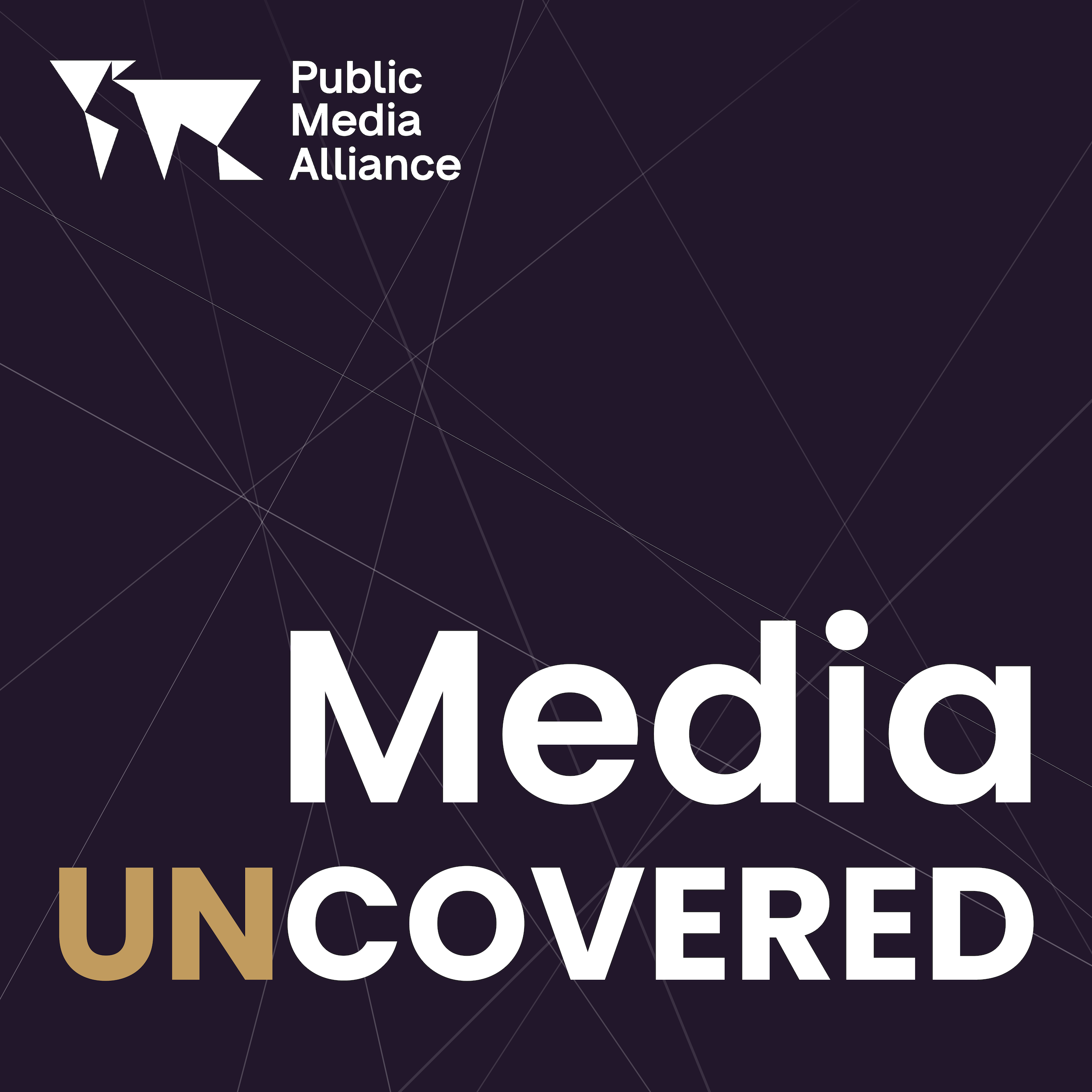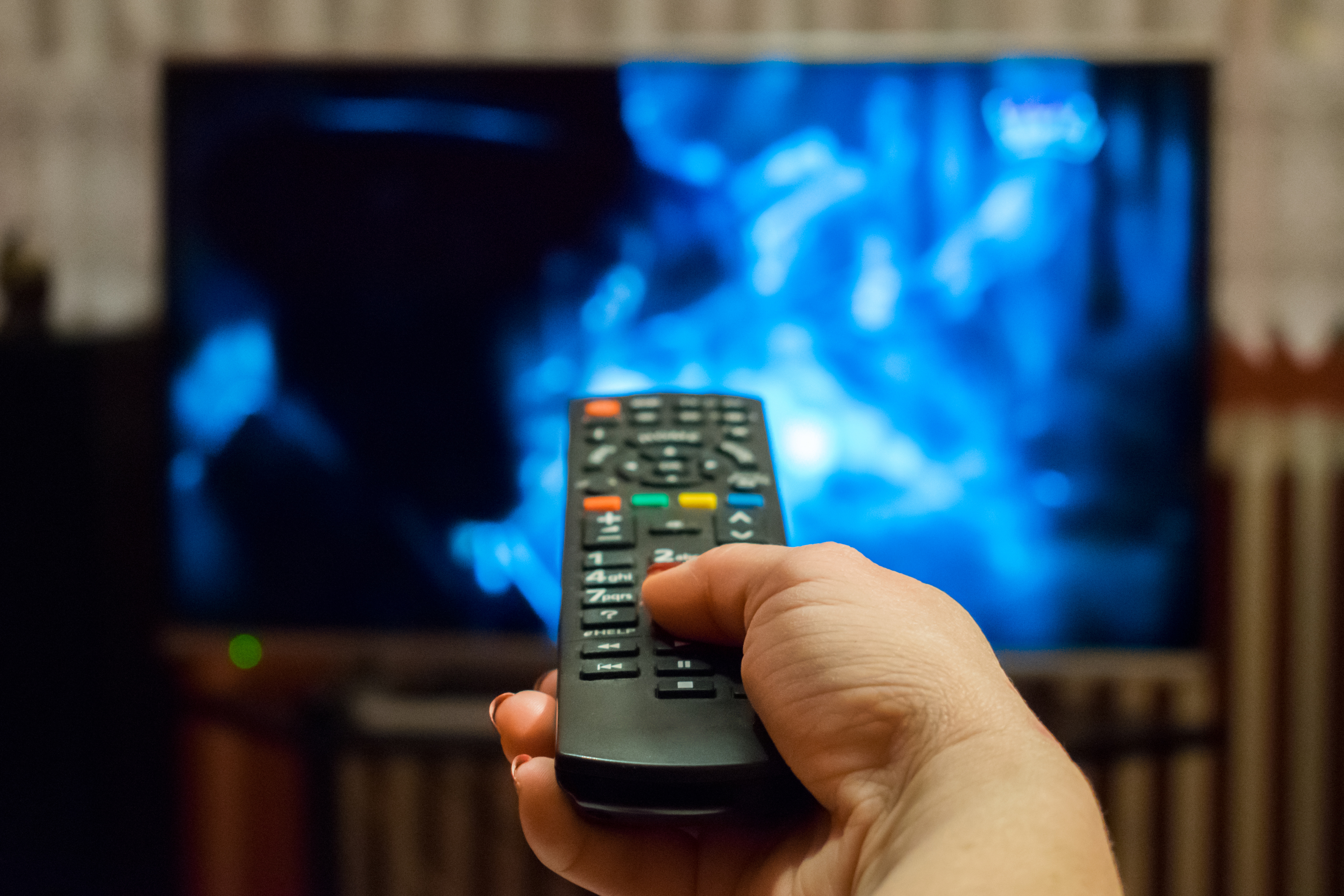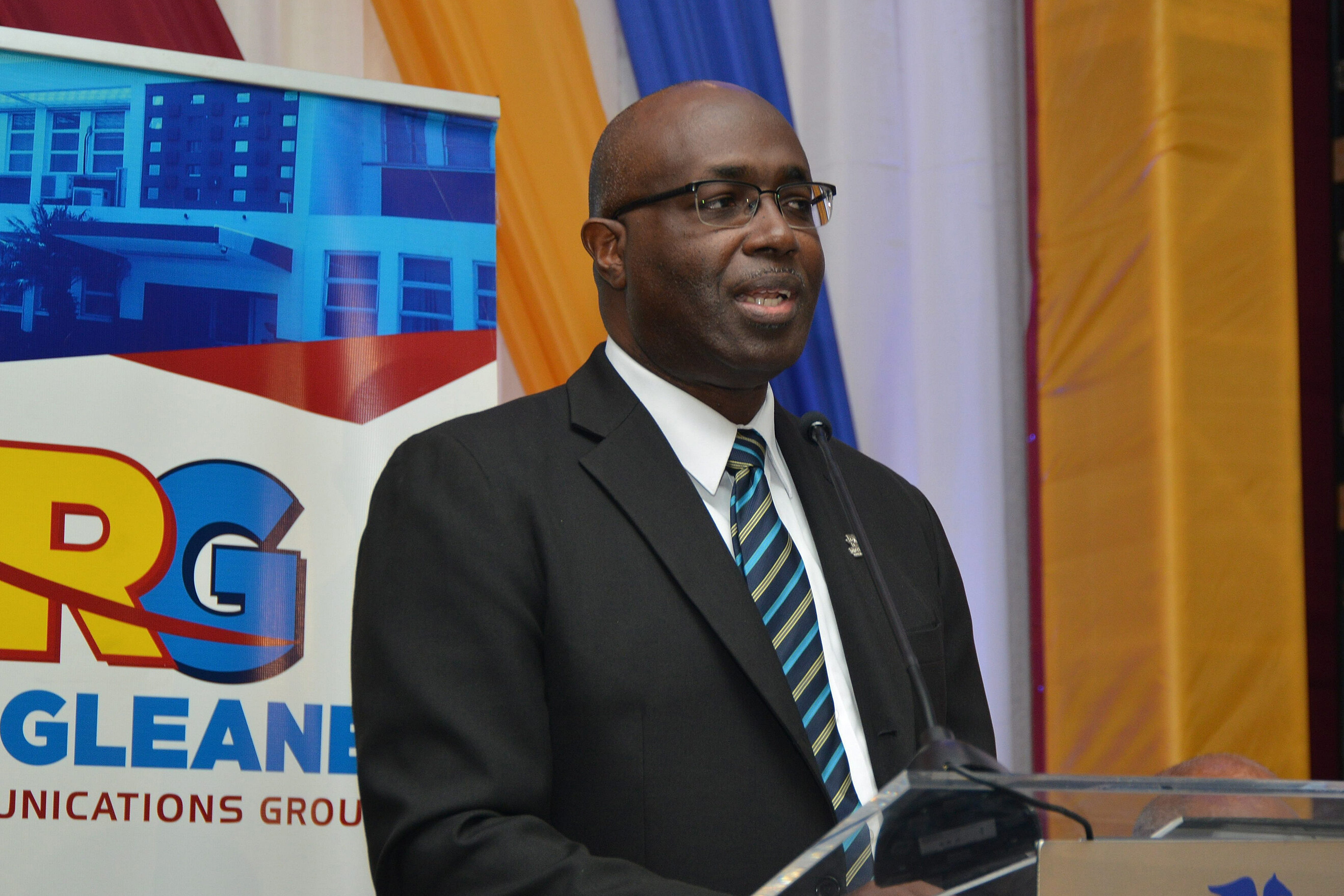INTERVIEW
“Everything is changing”: Outgoing RJRGLEANER CEO, Gary Allen, on the media organisation’s digital future
1st December 2023
In a final interview with PMA before he steps down from his role as CEO, Gary Allen talks to PMA about the challenges currently facing RJRGLEANER.
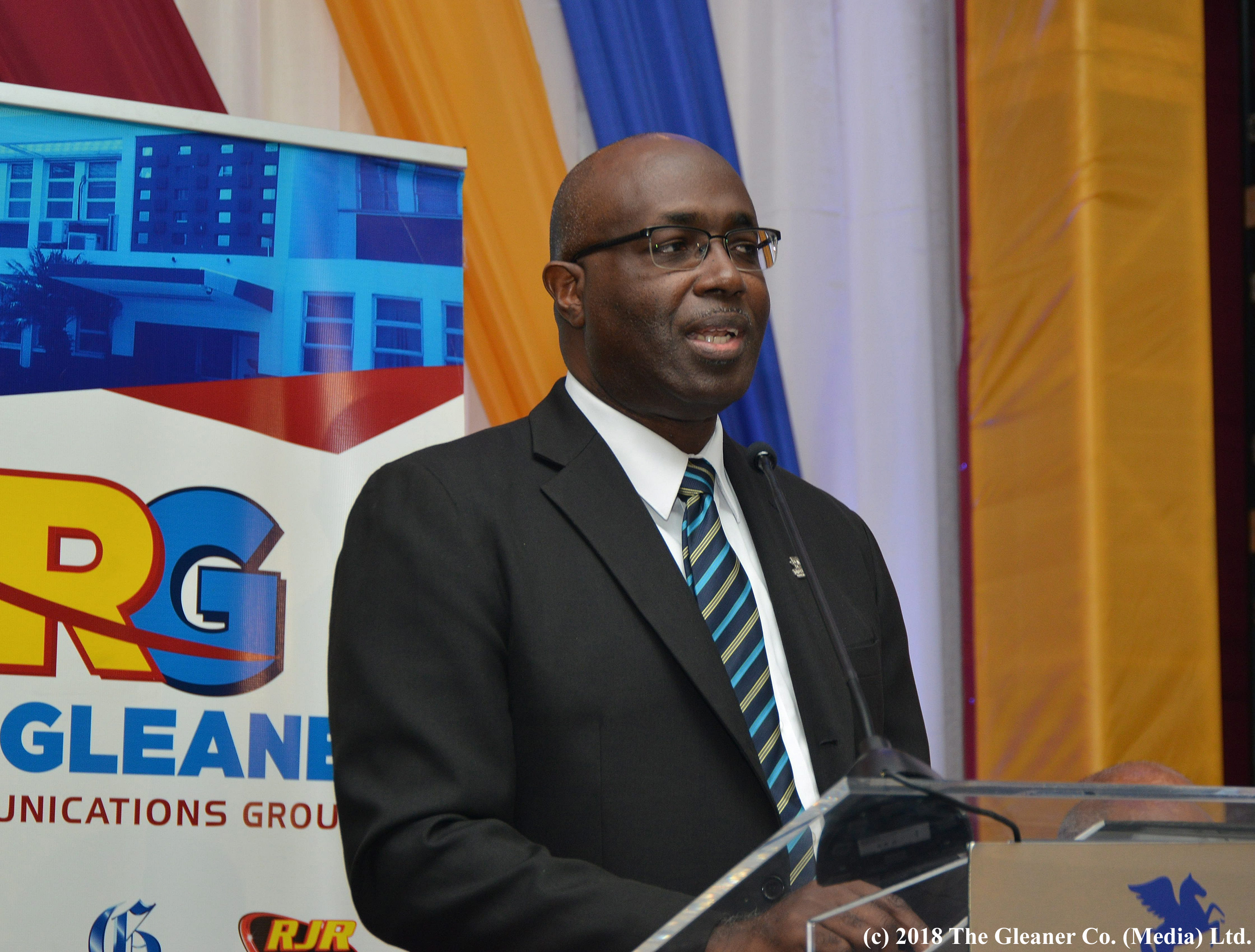
Long-standing PMA board member, Gary Allen, has announced that he will stand down as CEO of Jamaica’s largest media company, RJRGLEANER Communications Group, at the end of December.
RJRGLEANER emerged from the 2015 merger of the RJR and Gleaner media groups to become the Caribbean country’s largest print, television, radio and digital media company.
Mr Allen was first made chief executive of RJR in 2003 and carried on as the head of the newly merged entity in 2016. But in October, it was announced that Mr Allen would step down at the end of the year, though he will remain with the company in an executive position, and will also continue in his capacity as a board member.
The group is headed by a parent company, Radio Jamaica, which operated under the Jamaica Broadcasting Corporation until it was dissolved in 1996 and RJR become publicly traded. The Jamaican government has since returned to media ownership with the Public Broadcasting Corporation of Jamaica.
Allen’s resignation comes at a time when the company, and country, is going through a series of broadcast changes, including a planned switching off of analogue television, new regulations for private and public broadcasters, and efforts to compete in the digital age.
Before the announcement, Gary Allen sat down with PMA’s Harry Lock in London ahead of the Weekly Gleaner Honours Awards to discuss the changes sweeping through Jamaican broadcasting.
This interview has been edited for brevity and clarity.
Harry Lock: To begin with a really broad question, what are the top issues at the top of RJRGLEANER’s agenda at the moment?
Gary Allan: I think our change process is well and truly in force at the moment, because we are in a space within the media where I think, globally, we recognise that everything is changing. We have had the merger of a newspaper with a group of radio and television stations, and we know globally that newspapers have been under significant pressure. We know that broadcast has been doing a little bit better, but there is the process of the digital switchover that is taking place.
In Europe there is the switch to DAB for radio, which is not happening in the Caribbean – there is not a switch taking place for radio at all in the Caribbean. But there is a switch that is taking place for television. So television is moving from its analogue state into a digital state because of our geographic location. The independent nations of the Caribbean are all moving towards the North American Standard, whereas those territories that are European colonies, such as the French territories of Martinique, Guadeloupe; the British territories, the Dutch territories, they are moving to whatever has happened in Europe, whereas the ones that are independent, that is Jamaica, Trinidad and so on, we’re moving towards those that are American-based because of proximity of the market and so on. So that is taking place at the moment and where we fall is, how do we maintain our public media perspectives? How do we continue our public service activities, funded by commercial activities that we have to do because we are not government-funded in any way.
So for the next two years, we have to carry through this transition, pay for the transition from our activities, maintain that public service mandate in what it is that we do, but remain relevant and feasible financially. And that’s a big ask.
Read more: The Existential Threat posed by Big Tech Platforms to Caribbean Journalism and Democracy (Insight)
“For the next two years, we have to carry through this transition, pay for the transition from our activities, maintain that public service mandate in what it is that we do, but remain relevant and feasible financially. And that’s a big ask.”
HL: And the digital switchover is an expensive transition?
GA: It is an expensive transition. We make, on average, half a million US dollars in profit each year. This is going to cost us in transition for television about $7 million. So, you can see in terms of what you make each year and what you have to spend for this one-time switchover that the payback is going to be over 10 years.
HL: The digital switchover is just happening for TV and not for radio, do you mind explaining a bit about why that decision was made to not include radio within this?
GA: The radio market in Jamaica is at the moment about 28 to 30 national radio stations in a market of less than three million people. That’s a lot of radio stations for a small number of people and that market is one where you have cars that if you switch to a digital radio, how do you change all of the radio sets in your cars? You will have to change out radio sets in your homes and so on. So, it is unlikely that you would have a successful switchover.
Especially where radio has now moved to having their content available on other platforms like apps and streaming content and so on. So, the decision was taken that, one, [the] change would be too great, [and] two, there would be too significant an economic burden on small radio operators that they could not sustain. And because of Jamaica’s terrain, we are so tiny, but it takes 15, 18 different radio transmitters to actually cover our geographic location so you [would] need to replace a lot of that equipment. So, it was just not a good economic model to get there.
I think the regulators saw that, the policymakers saw that, and therefore they didn’t go that route, even though the radio spectrum is exhausted in terms of of the amount of radio licences that they have been able to grant, and they have people who want a licence but can’t get any frequencies. So, it’s just not good business sense at the moment.
HL: Meanwhile, in the TV business, while the tech changes, the content stays the same?
GA: The drive is to make sure that the content stays the same, except that the content has to be available on multiple platforms. It has to reach audiences wherever they are. So, a part of the change is also to broaden the number of platforms on which your content is available. We look at how we can use digital processes to change our workflows to make things more efficient, to see how it is that one person can actually deliver far more output than they were delivering when it was all analogue processing, to see how it is that we can take advantage of over-the-top services, IP services, things in social media. How it is that we do all of that and monetise each of them to make sure that we’re coming back at least to what we were earning before the digital fragmentation started to take place.
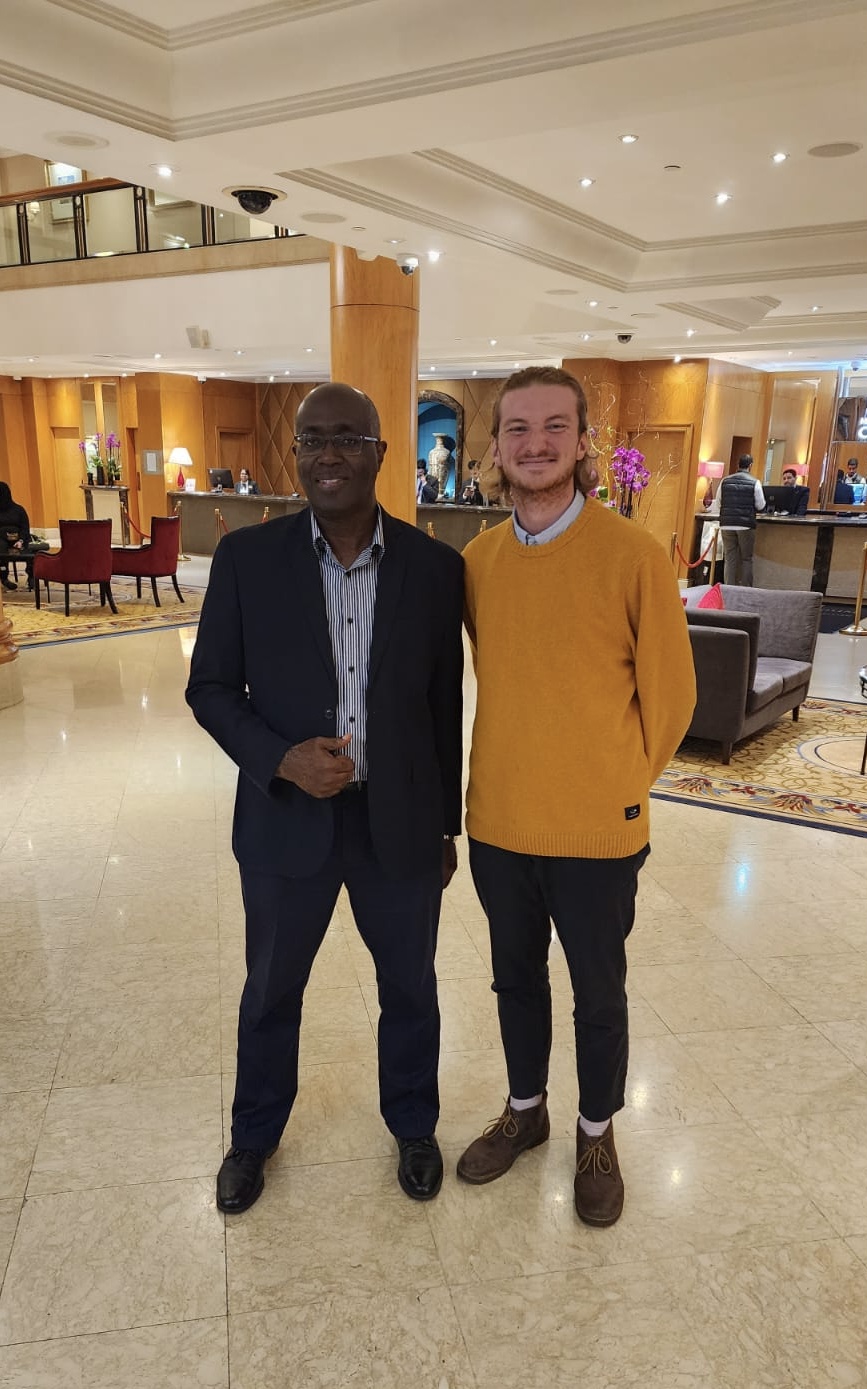
HL: Is the government putting any assistance or any funding subsidies into this transition at all?
GA: No, the government is not assisting the broadcasters in this process at all, the government has considered but have not confirmed whether or not they will help some consumers with reception equipment. So you may need set top boxes or you may have to change your television sets entirely, depending on which one of those you do and depending on a means test that is done. But it is not confirmed at this point.
Listen toour podcast
Uncovering and exploring the biggest
issues facing public media
HL: Do you have an issue with that? Would you like government assistance?
GA: Most definitely, the broadcasters have for many years argued that the government is mandating the change, the government is freeing up some of the spectrum that it intends to repurpose and reallocate to others. And if it is going to try to monetise that spectrum from which they are removing the broadcast then there should be the sharing of some of that.
They have countered and explained that, “look, we are not talking about a digital dividend here that is available. The spectrum we are moving you out of, we do not have, so we really do not have dividends to share. This is really a move of modernisation and staying within the digital age.”
I think the broadcasters have essentially accepted that based on what we know of the economic challenges for governments that they are having the difficulty in doing that for private broadcasters. So, we have moved to keep ourselves relevant and remake ourselves not in the backwaters of the digital black space.
So, we will try to find ways to fund this going forward. Any kind of subsidies on taxes and import duties, relief of any kind of special consumption tax that you may have on imported equipment for broadcasters, on imported set top boxes and TV equipment for consumers, [we think] that the government should look at relieving us and consumers of those charges for the period of the transition.
“We have moved to keep ourselves relevant and remake ourselves not in the backwaters of the digital black space.”
HL: Is the government putting any assistance or any funding subsidies into this transition at all?
GA: No, the government is not assisting the broadcasters in this process at all, the government has considered but have not confirmed whether or not they will help some consumers with reception equipment. So you may need set top boxes or you may have to change your television sets entirely, depending on which one of those you do and depending on a means test that is done. But it is not confirmed at this point.
HL: Do you have an issue with that? Would you like government assistance?
GA: Most definitely, the broadcasters have for many years argued that the government is mandating the change, the government is freeing up some of the spectrum that it intends to repurpose and reallocate to others. And if it is going to try to monetise that spectrum from which they are removing the broadcast then there should be the sharing of some of that.
They have countered and explained that, “look, we are not talking about a digital dividend here that is available. The spectrum we are moving you out of, we do not have, so we really do not have dividends to share. This is really a move of modernisation and staying within the digital age.”
I think the broadcasters have essentially accepted that based on what we know of the economic challenges for governments that they are having the difficulty in doing that for private broadcasters. So, we have moved to keep ourselves relevant and remake ourselves not in the backwaters of the digital black space.
So, we will try to find ways to fund this going forward. Any kind of subsidies on taxes and import duties, relief of any kind of special consumption tax that you may have on imported equipment for broadcasters, on imported set top boxes and TV equipment for consumers, [we think] that the government should look at relieving us and consumers of those charges for the period of the transition.
HL: So, you still don’t have a timeline, you still don’t quite know when the final date is?
GA: Well, we actually had a process where you first establish what is called a digital switchover timeline, which is when the process must start. And then the key thing is when the process ought to end when there should be a switch-off of all analogue equipment. The digital switchover was mandated in Jamaica for January 31, 2022. We met that date in terms of the starting of the process.
Other broadcasters didn’t quite meet it, but they are at different stages in the process at the moment. There was a timeline that was set for analogue switch-off – an ambitious timeline, we thought – a year later. Nobody in the world has been able to do analogue switch-off in one year. Obviously that time has passed, that date was not met. There is not a new date. The regulators and the policymakers are consulting now on what would be a feasible date. There is some talk about 2026 or 2027 [but] there is no confirmation of that.
Our view is that when we have that timeline set, then we must have the incentives in terms of tax breaks and the encouragement incentives tied into that.

HL: Is there any other way that this will impact audiences, or just media consumers in general?
GA: I believe there’s a lot that is unknown, untested in markets that are our size, as well as having the economic challenges that we have, and so on. I think there are a number of things to look at.
One, there is a mandate for all the broadcasters to carry the public broadcasting service as a part of their network. Two, our mandate was for the format to be high-definition, it does not accommodate standard-definition. We are in discussions [because] we think that there is some support for that change at the regulatory level, we want it at the policy level because that will allow for some additional flexibility.
There has been a discussion about whether or not there should be a multiplex operator that’s an established operator who can serve the various broadcasters. There is not a consensus on that position at the moment. And in fact, the policy position that has been announced has said that the broadcasters cannot establish multiplex operators, but there can be an independent multiplex operator who can provide services to others. That’s still a grey and probably dark grey area because we really don’t understand what that means.
The issue of set top boxes – and whether set top boxes will be made to accommodate all of the services that are possible, or just some basic setup or a kind of high-end set top box, which gives different features – all of those are things that are yet to be finalised. Are they going to have advanced alerts for warning systems? We are in an area where we do have hurricanes, we do have flooding, we do have earthquakes. Are there likely to be those kinds of features that will be made available in what is presented. So, all of those are still questions that are to be answered. And if those are features that will require additional funding to make them happen.
So, there’s still a fair amount that has to be dealt with. But you know, there is an additional driving factor for the broadcasters which is that analogue equipment is getting scarce. So, we no longer have the ability to say, well, let’s continue in analogue until they work this all out, we have to move. Because if we don’t move, we could end up at a point where there’s a transmitter that is obsolete, and we can’t replace it because there is no decision as to all of these digital things.
HL: Just on the final point about how this might fit in with the wider need for broadcasters to be present and able to provide those lifesaving updates when you do have natural disasters, how else do you see this transition impacting or assisting with your own remit and your own ability to provide those critical pieces of information and updates?
GA: Well, one of the things to understand, firstly, is that within the market there are multiple options and sources for the reception of television services. So, there is the over-the-air service, which broadcasters provide their cable services, their internet-provided services. So, the consumers do have a choice.
What the profile of the Caribbean shows is that most of the people who are in the lower socio-economic grouping are the people who depend on over-the-air television services. Primarily, they can’t afford to pay monthly rates for cable or for IPTV services or broadband services that wouldn’t allow them to do that. So, you are actually trying to serve the most vulnerable. One of the big advantages of the digital switchover is that this allows the broadcaster to provide you with multiple channels of service.
So, the lowest socio-economic grouping will have access to more content, at no charge to them. That additional content can drive into different areas, some of it can be greater cultural content that we expose them, a lot of it could be more entertainment, more youth related, some educational content, some sporting content. That is, more domestic sporting content, rather than high-cost, high-end international content. So, it gives us far greater ability to generate interest and help the lower socio-economic community at the same time, if the content is well produced, high quality, [and] attractive enough.
“The ecosystem is changing in such a way that once you surpass those challenges, it adds opportunities for you to actually build into a more robust economic model going forward.”
So, you could actually make your economic model more robust with some paid content that you can make available to the community, and you can use funding from that to develop other public service type content that you make available to the wider audience. So, the ecosystem is changing in such a way that once you surpass those challenges, it adds opportunities for you to actually build into a more robust economic model going forward.
HL: If we can, I’d like to move on to the Public Broadcasting Corporation of Jamaica, and the government is currently considering what it wants the PBC to focus on. Can you explain a bit about that process, what’s happening there, your role in that, and where you think RJRGLEANER fits in?
GA: So where we are, is that we have the Public Broadcasting Corporation of Jamaica that was established using funding from a divestment exercise that was carried out, is funded on a particular act. It is supposed to receive its funding support from sources that are either going to be gathered through regulatory-earned funds or some special funding from government.
Subscribe toour newsletter
Keep updated with the latest public
media news from around the world
The concern has always been not to have a public service broadcaster that is crossed in terms of government ownership or government support, because that could mean government influence and government influence could then end up being partisan. And you want your public broadcaster to be a genuine public broadcaster.
So, there has been a model issue, which I don’t believe has been entirely resolved, and that is being looked at by the relevant people in that regard. But at the same time, there is a television channel that the cable operators are mandated to carry in their package. So, there’s a distribution path that is intended for it to have maximum reach. There have been some discussions about that public broadcasting service also now taking commercials and that now takes it into a space where it would not only compete for eyeballs with the broadcasters, but it will also compete for commercial content and commercial revenues.
That presents some challenges for broadcasters, we do not support that position. We have made [it] clear publicly that we do not support a position of the public broadcaster being involved in commercial or quasi-commercial activities from advertising support. We think there has to be a clear funding model that is established, and that funding model must be tied to the independence of the structure that is established there.
What we do recognise is that there is the need for a public broadcasting service that is independent of the public broadcasting activities that are done by broadcasters in their general activities.
HL: At the moment, what exists? Is it viable funding wise? Or does it need to have a different way of being funded?
GA: I believe that it has to have a clear funding path defined for it. I think it is supported now by government. I don’t think that that is ideal. I also believe that many of us are in the dark in terms of what the actual funding amounts are, and what is the intention. What is the plan? What is the five-year plan? What are the projections for what it should be doing? How much it should be spending, is it meeting that target? How much taxpayer money is there? Where’s it getting that money from? How is it being accounted for? All of those questions are questions that we believe should be answered. If the existing broadcasters that are private commercial broadcasters are to carry the signal for this entity nationally, I think it’s only fair for us to have answers to those questions.
I think there have been some other concerns raised, the primary of which is there has been a discussion around whether or not the public broadcasting service is also going to be establishing a distribution network of transmitters of its own, and that would add even more confusion to the mix. Because the question then would be, if the public broadcaster is going to have its own transmission network, and the commercial broadcasters are mandated to carry the public broadcasting service on their distribution network and the cable operators are mandated to carry the distribution on their cable services, then there seems to be a lot of duplication there, and one does not understand the need for the waste that is involved there.
We think that there needs to be a lot of focus on the content that is developed for public broadcasting. We think that the market requires greater content input that is more developmental, for young people, for children, for things to do with the elderly, for public health, for disaster preparedness and those kinds of things. We are not seeing that kind of content development being put forward, we’re not seeing that kind of plan being put out there with some kind of budget.
Related Posts
1st November 2022
Switching from analogue to digital in the Caribbean
In the Caribbean, conversations around…
21st February 2022
The Existential Threat posed by Big Tech Platforms to Caribbean Journalism and Democracy
"This paper is not alarmist. It is not…
